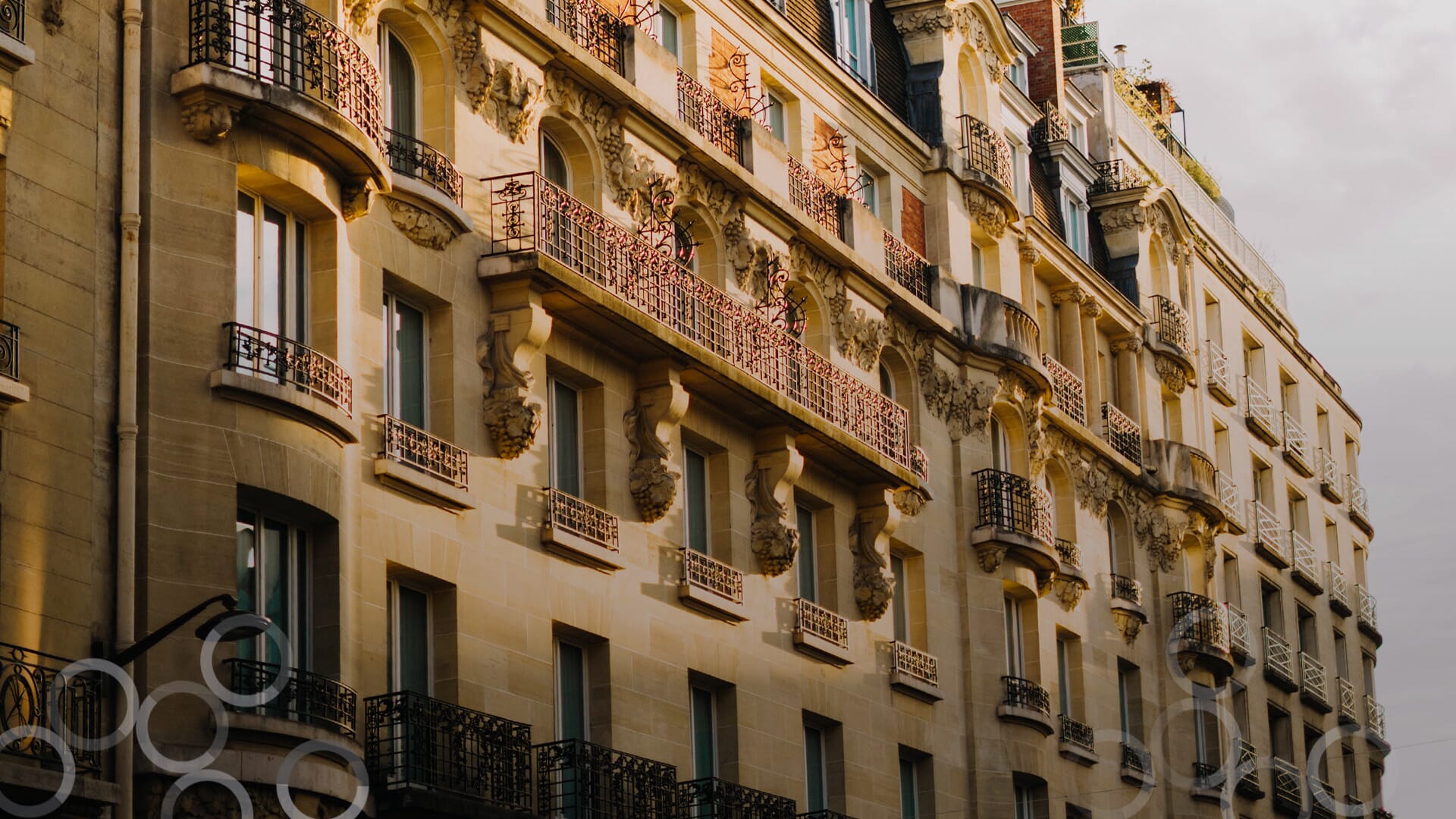 No attribution required
No attribution requiredGrowing retiree population in France changes senior living
With current shifts in population demographics, the senior residence industry is booming.
July 5, 2019Real Estate
Globally, the ageing of society is inevitable. As we progress through the 21st century and healthcare becomes more and more advanced, the lifespan naturally increases and therefore the percentage of 75+ people in the population is consistently growing. In France, this has grown especially sharply in the last 70 or so years with the average life expectancy going from 67.1 in 1950 to 81.9 in 2010; 9% of the French population are over 75 years of age.
This was discussed at length at the senior real estate conference France GRI 2019, where the countries’ leading developers, lenders, and investors discussed a range of topics concerning the French market. One of the questions raised at the event was how has the rise in the 75+ demographic affected the way France deals with the elderly population and the soaring demand of senior residence?
The participants discussed how their senior living sector is conducted a little differently to the rest of the world. In the UK and US, elderly people are the landlords and they buy the apartment - but their services and care become very expensive - however less so than in France wherelderly people rent an apartment within the residence and then have a range of services to pick and choose from.
Nearly 600,000 elderly people in France live in senior residences, or EPHADs (établissements d’hébergement pour personnes âgées dépendantes). From a developer point of view, the market is deep and elderly people are on average the age group with the most disposable income. These residences are very profitable; EBITDA margins including services are almost always between 9% and 20%. One participant in particular argued this was because of ‘extortionate’ prices - the average monthly cost of living in an EHPAD (€1949) is 114% of the average monthly income of a retired person (€1709).
According to Eurostat, 28.5% of the total population of the EU will be over the age of 65. This is denoted from both rising life expectancy and falling birth rates. If this is to be the case, alternatives to EPHADs must be explored to save money and space.
The participants of France GRI debated the intergenerational space could be both a solution to this problem and an unutilised gap in the market. Students care the most about location and price, whereas the elderly don’t. However of course these living agreements are hard to implement; young people will almost always not want to live with old people for social reasons.
Note: all stats sourced from the French National Institute of Statistics and Economic Studies, unless stated otherwise
For more information on the European market as a whole, Europe GRI 2019 takes place on the 11-12 September in Paris. For further insight into specifically the French market, France GRI 2020 takes place on April next year.
Article by Matt Harris
This was discussed at length at the senior real estate conference France GRI 2019, where the countries’ leading developers, lenders, and investors discussed a range of topics concerning the French market. One of the questions raised at the event was how has the rise in the 75+ demographic affected the way France deals with the elderly population and the soaring demand of senior residence?
The participants discussed how their senior living sector is conducted a little differently to the rest of the world. In the UK and US, elderly people are the landlords and they buy the apartment - but their services and care become very expensive - however less so than in France wherelderly people rent an apartment within the residence and then have a range of services to pick and choose from.
Nearly 600,000 elderly people in France live in senior residences, or EPHADs (établissements d’hébergement pour personnes âgées dépendantes). From a developer point of view, the market is deep and elderly people are on average the age group with the most disposable income. These residences are very profitable; EBITDA margins including services are almost always between 9% and 20%. One participant in particular argued this was because of ‘extortionate’ prices - the average monthly cost of living in an EHPAD (€1949) is 114% of the average monthly income of a retired person (€1709).
According to Eurostat, 28.5% of the total population of the EU will be over the age of 65. This is denoted from both rising life expectancy and falling birth rates. If this is to be the case, alternatives to EPHADs must be explored to save money and space.
The participants of France GRI debated the intergenerational space could be both a solution to this problem and an unutilised gap in the market. Students care the most about location and price, whereas the elderly don’t. However of course these living agreements are hard to implement; young people will almost always not want to live with old people for social reasons.
Note: all stats sourced from the French National Institute of Statistics and Economic Studies, unless stated otherwise
For more information on the European market as a whole, Europe GRI 2019 takes place on the 11-12 September in Paris. For further insight into specifically the French market, France GRI 2020 takes place on April next year.
Article by Matt Harris







